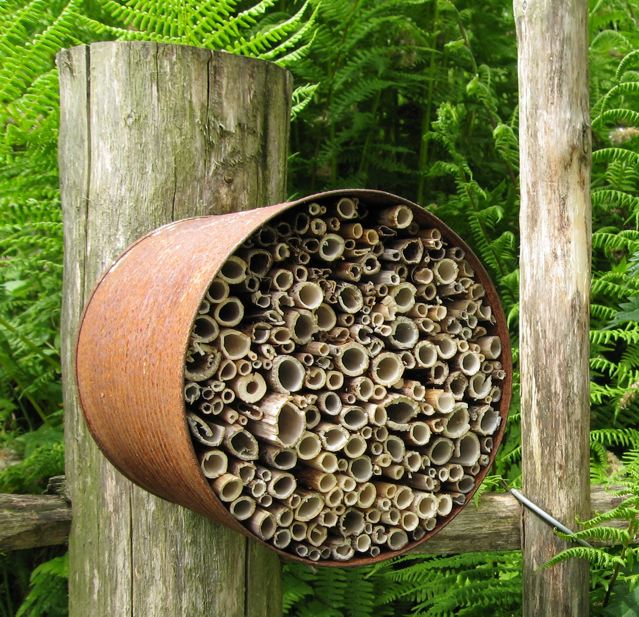In the mid-20th century the pioneering environmentalist Rachel Carson warned of a ‘silent spring’. Today it’s only our elder gardeners who can remember ‘spring’ at all.
Cally was all in. She had been woken just after one, and had been out on The Pull ever since. Shortly after the watcher got news that the East was coming, the text that roused Cally and the sleeper team went out. The whole neighbourhood flickered into life.
Although there were only 200 places on the overnight watch, many more wrapped up and spilled yawning and chatting into the night. This was the big Pull of the first quarter – which was how folk nowadays knew January, February and March. The grand elder gardeners still spoke affectionately of ‘spring’, but then they had seen and felt it; Cally’s generation had grown up with so much upheaval that the old calendar blurred beyond recognition. Most nights Cally spent hours entranced by her great-grandparents’ digital albums, watching and listening to sights and sounds captured decades ago, before the big changes came.

The Pull didn’t always happen at night. Hundreds of dots of light snaking up the sloping hillside made it seem more special. Cally’s town was blessed: there were half a dozen south- or west-facing allotment fields, all on gentle slopes, scattered throughout the town (the grand elder gardeners had fought hard to keep them as people’s land). She had imagined it would be tough to convince the elders of how their plots needed to be used in new ways, but they’d witnessed the insect crash too, when bees and wild pollinators – and harvests – hit rock bottom. Everyone thought their gardens were safe refuges for the insects that intensi-farming finally evicted from the countryside, but then came the big climate changes.
Since the vanishing of the sea ice (you could sail right over the North Pole now) the jet stream, which ruled the weather, had pushed down ever further towards Earth’s waistline. Cally had watched the holograms at school, showing how the jet was once a gentle wave. But as the ice melted, the jet’s shallow waves became deep, plunging loops that reached down sending dry, freezing air swirling clockwise across the land. Each year it cast its chilling lasso a little further south; last year it only loosened halfway into the second quarter (or May, as the grand elders called it). The talk was of how deep the next loop might be and how long the East would last. This year’s jetcast was for a bigger loop. Cally’s grandfather, who heard it while out stacking his hotbeds, said quietly to himself, ‘That’ll be into June at this rate.’
Cally was proud of her grandfather. He was one of the elder gardeners who had taken a stand against the ‘brilliant’ idea of engineering the bees so they would be unaffected by pesticides. Almost everyone was gardening for food by then, and understood the value of the pollinators that intensi-farming had long disregarded. No, he had said, at one of the first-ever bee defence gatherings, please leave our precious insects alone. He was one of the elders who persuaded others to let their plots move into the future. During ‘summer’ his own garden always overflowed with his beloved calendulas. He wished he was young enough to climb the hill on this chilly night, where his granddaughter was among the assembling specks of light.

One of the rituals just before The Pull was holding each others’ hands. Once the East blew in, it rarely stopped except for odd days and soon dried and cracked the skin. Touching reassured everyone that softness, and the warm quarters, would return. Frost was almost non-stop, driven deeper into the soil each night. One morning Cally found ice crystals a spit deep, in what her grandfather said ought to be late May. Later, she watched her great-grandfather, sleeves up in the sunshine, earthing up potatoes and planting out his runners.
When the sliders were being designed, much talk was of how to move them. There was no reason for people to do it, said the Project Sunshine team, because they would generate ample power to move themselves. At first Cally and her friends felt it was perhaps odd to rely on people power, but deep down, everyone knew that they wanted to be a part of this; The Pull helped remind folk to never again become so distant and cut off from nature, even with its new, unpredictable face.
The dots of light formed into a lean new moon, and a hush fell. A disc of hillside began to glow, until a glassy full moon lay on the earth, to gasps from the watching crowd. Other discs lit up across town. The sliders were made for each individual site, and were moved, depending on the quarter, to three different positions.

Each huge, circular greenhouse was made of bendy, half-inch-thick bioglass housing living solar cells powered by algae. The sliders not only captured warmth and rain, they generated electricity for the local power web. Early in the first quarter, the slider covered the perennial plantings, the captured sunshine coaxing crops into growth. Cally had been harvesting there earlier. Instead of a patchwork of allotments, the covered areas were now a series of terraced beds, running with the contours of the hillside. Neat connecting paths and steps gave a maze-like feel. The glass-bound algae tinted the light a faint green (they darkened during the sunnier quarters to give shade).
As a single rocket sprayed the night with crackling green stars, everyone took up the slack to a chorus of, ‘Let’s pull!’ Cheered by the crowd, the earthbound moon now began to slide along the freshly-oiled rails as it slowly drifted sideways across the slope. Cally felt the chill of the East as she helped haul the curved, shape-shifting disc to its next position. She could see the terraces each side of her, lit up by the sliders’ lights. Among the clumps of perennials and shrubs edging into growth were bug hotels of all shapes and sizes, from tin cans filled with hollow stems to towering structures almost touching the roof. There were ponds, piles of logs, dead leaves and stems, and patches of hardy annuals sown back in the third quarter of last year. As the slider clunked into position, a great cheer rang out to another burst of green stars.
***
Sheltered from the East, which was still blowing well into the second quarter, Cally’s grandfather took her chapped hand as they walked along the sun-warmed terraces. Bees and butterflies busied on the flowers, the ponds bubbled with cavorting frogs, and a pair of robins (which slipped in every year) were busy feeding their chicks. At one of the towering hotels, they watched adult mason bees chewing through the mud seals of their nest chambers. Cally’s grandfather dunked a bunch of still-in-bud berberis into one of the big green vases dotted around the hillside. ‘They’ll enjoy that when it comes out,’ he said.
They sat for a while, listening to the hum of life around them, and to the wind sweeping overhead. A bumble bee bounced between their ankles. Seeing her frown, Cally’s grandfather asked what she was thinking. ‘Is this really what spring used to be like?’ she asked, turning to look at him. Smiling, he looked out across the hillside. ‘Yes Cally,’ he said, squeezing her hand softly, ‘something very much like this.’
Text and images © John Walker


